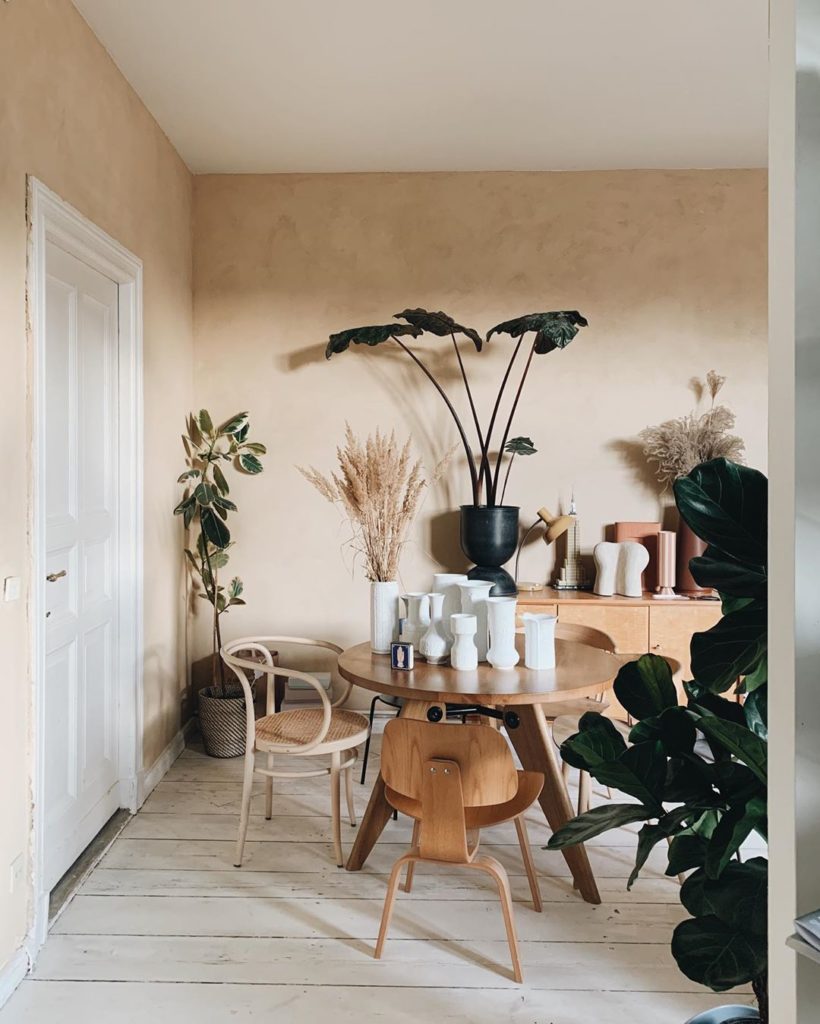Working from home is a new reality for many of us, and seeing your personal and office life converge can be a challenge. But there are a few straightforward hacks that can keep you focused, reduce anxiety and make sure you’re just as productive as when you’re in the office.
Have a designated work area.

When you’re living and working in the same space, it can be hard to separate the two mentally. Having a designated workspace within your home is essential to mentally reinforce this division, according to the Harvard Business Review, making you more productive and reducing anxiety in the process.
Not everyone has a home studio, so work with what you’ve got. If you can’t commandeer the spare room, replicate the break-out space from your coworking hub and work on the sofa, then migrate to the dining room table to formalise that report. Switching up spaces helps stave off monotony and recreate movement within our work environments.
No matter what, don’t be tempted to work from bed. It doesn’t take much for our brains to start associating an environment with work, so bringing your laptop or phone into bed can make it harder to fall asleep.
Add plants.

Photography: Jules Villbrandt

Photography: Laicy Falstad

Photography: Glen Donw
Plants make us happy. It’s a scientific fact. But indoor plants can also boost concentration and productivity by up to 15% while reducing stress and improving mood. That’s why they are ideal for the workplace.
While they immediately brighten surrounds, they’re a lot more than a productivity tool: like us, they need light to thrive. A 2018 study by Cornell University Professor Alan Hedge reported an 84% decrease in eyestrain and headaches resulting from prolonged screen time when natural light was optimised. Plants, of course, love sunshine and can help us determine if we’re getting enough natural light in our live/work environment (especially tricky in the winter months.)
Keep things neat and tidy.

The saying goes, ‘Tidy desk, tidy mind.’ Researchers at Princeton University found that clutter makes it more challenging to focus and that our brain’s visual cortex is overwhelmed by task-irrelevant objects, which make it harder to concentrate and complete jobs efficiently. We’re surrounded by belongings in our homes – that’s why it’s essential to make designated workspaces as tidy and uncluttered as possible.
Have the right kind of background sound.
View this post on Instagram
Working in silence can be as much of a distraction as loud background noise for some folks. The trick is to find the right balance.
Music is proven to reduce negative feelings like stress and anxiety and make us happy. Spotify, Google and Apple Music all have created work-from-home themed playlists, but if you’re among those who find lyrics distracting – and jazz, blues, classical and electronica aren’t your jam – there are alternatives.
Subscription programmes like The Headspace App and Brain.fm use specially designed music to improve brain activity and help users focus – or relax.
Older projects such as Coffivity (which offers field recordings from coffee shops, libraries and student centres) replicate the ambience of a bustling cafe for people working from home.
Smell productive.

Certain fragrances are believed to promote workplace performance, and they can be introduced into the home. For example, one Japanese study found participants made 54% fewer typing errors when exposed to the smell of fresh lemons.
Other top fragrances include coffee for analytical reasoning tasks; rosemary for memory recall; fresh peppermint to improve attention; jasmine to re-energise, promote well-being and a positive mood; and vetiver which boosts concentration.
Be comfortable but keep active.

The spread of Coronavirus has closed gyms across the world, but it’s more important than ever to stay active. During work hours, this can mean forcing yourself to walk across the room at regular intervals to get those 10,000 steps and adjust your body position.
It’s also worth noting that most home furniture isn’t ergonomically designed for prolonged work-style use, so make sure you’re moving around often, and try working standing up if possible. This can also help to reinforce the idea of progress and productivity mentally.
Lunchtime walks are ideal but if it’s not possible, turn your front room into a make-do yoga studio using apps like The Headspace or Centr. They offer meditation sessions and focus-boosting home workouts that need little to no equipment. Free tutorials are also available online via YouTube.























